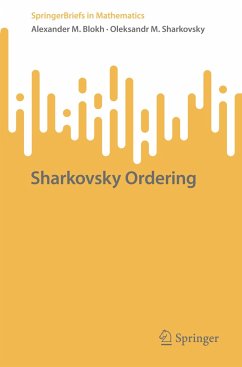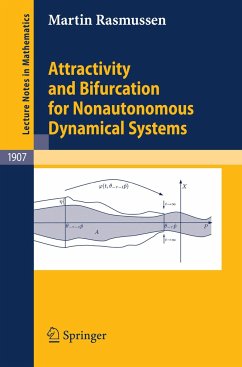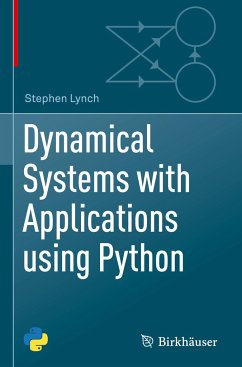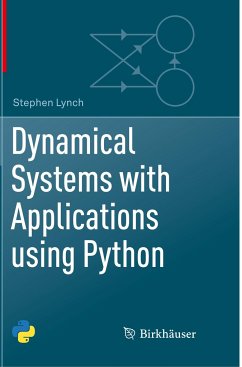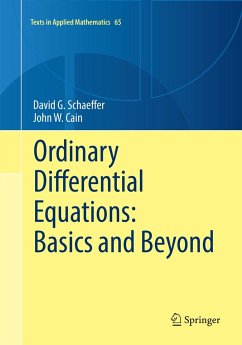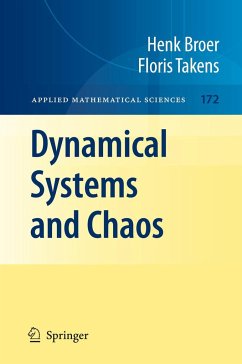
Connected Sets in Global Bifurcation Theory

PAYBACK Punkte
19 °P sammeln!
This book explores the topological properties of connected and path-connected solution sets for nonlinear equations in Banach spaces, focusing on the distinction between these concepts. Building on Rabinowitz's dichotomy and classical results on Peano continua, the authors introduce "congestion points" where connected sets fail to be weakly locally connected and examine the extent to which their presence is compatible with path-connectedness. Through rigorous analysis and examples, the book provides new insights into global bifurcations.Structured into seven chapters, the book begins with an i...
This book explores the topological properties of connected and path-connected solution sets for nonlinear equations in Banach spaces, focusing on the distinction between these concepts. Building on Rabinowitz's dichotomy and classical results on Peano continua, the authors introduce "congestion points" where connected sets fail to be weakly locally connected and examine the extent to which their presence is compatible with path-connectedness. Through rigorous analysis and examples, the book provides new insights into global bifurcations.
Structured into seven chapters, the book begins with an introduction to global bifurcation theory and foundational concepts in set theory and metric spaces. Subsequent chapters delve into connectedness, local connectedness, and congestion points, culminating in the construction of intricate examples that highlight the complexities of solution sets. The authors' careful selection of material and fluent writing style make this work a valuable resource for PhD students and experts in functional analysis and bifurcation theory.
Structured into seven chapters, the book begins with an introduction to global bifurcation theory and foundational concepts in set theory and metric spaces. Subsequent chapters delve into connectedness, local connectedness, and congestion points, culminating in the construction of intricate examples that highlight the complexities of solution sets. The authors' careful selection of material and fluent writing style make this work a valuable resource for PhD students and experts in functional analysis and bifurcation theory.





